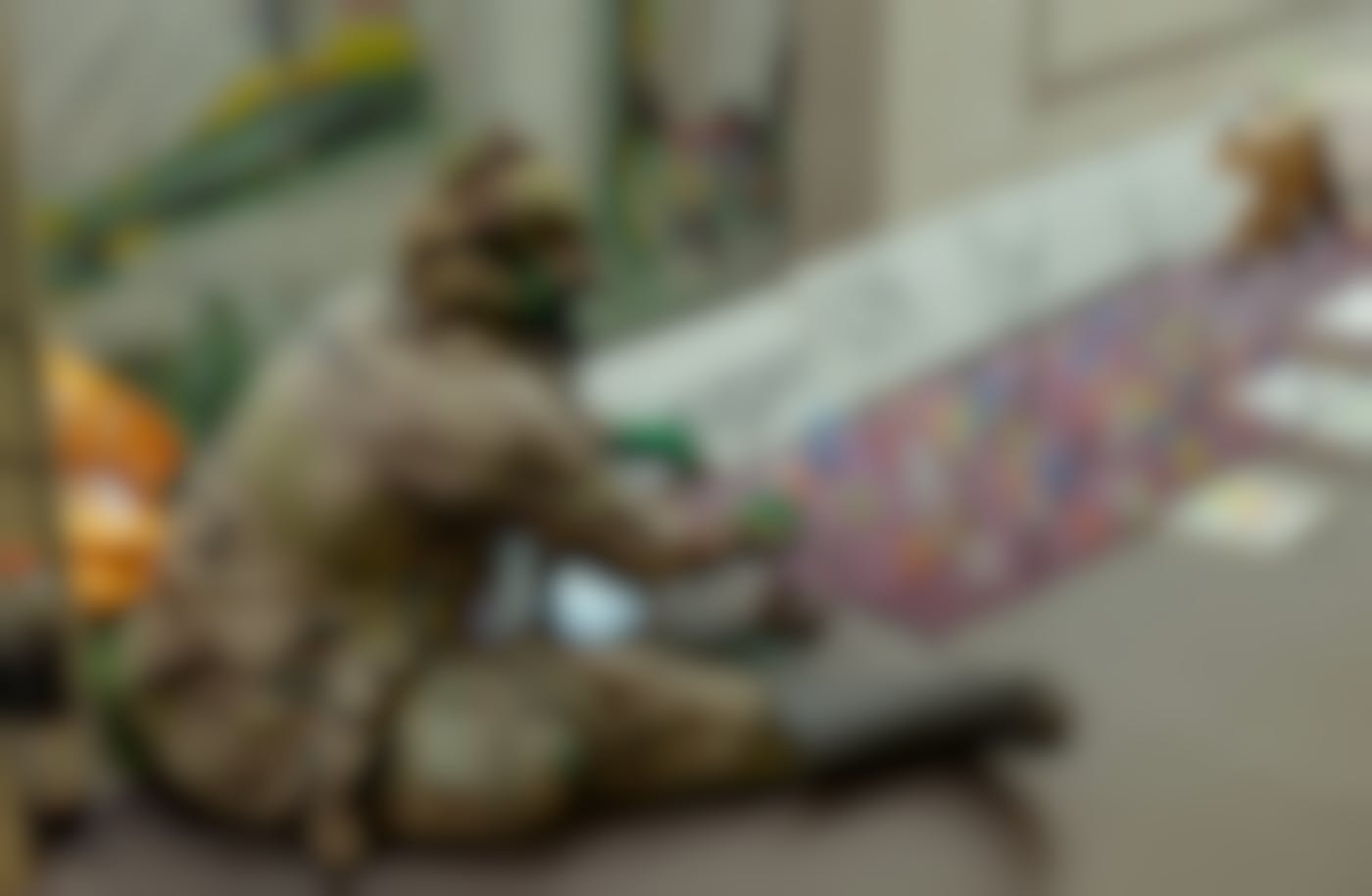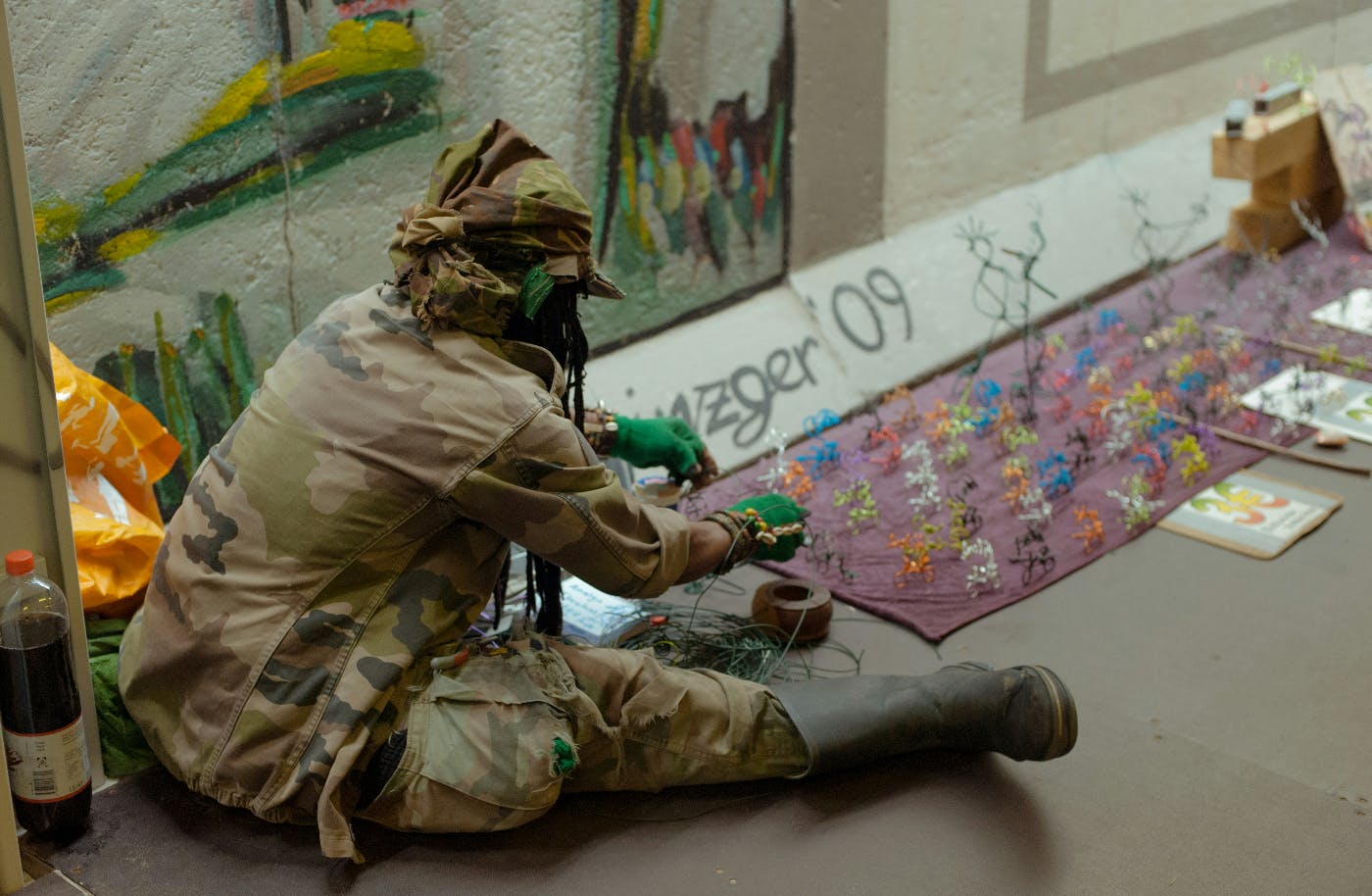
A side hustle is more than just a hobby. It’s something that you actively pursue outside of your main job with the intention of making money.
I’ve often heard this: “Do what you love, and you’ll never work a day in your life.” Frankly, I’ve never understood it. Even something I love, I don’t know if I can do it for five days a week, fifty-two weeks a year, for decades. I mean, too much of a good thing and all.
And what if you love sitting in a big chair, eating Cheetos, and watching cartoons? If this saying is true, then every thirteen-year-old would be a CEO.
But can you really make a living doing what you love? I’m an actor, and I spent thirty-five years solely doing what I love—acting, writing, and directing. Then, one day, the bottom fell out. I was tired of living at the poverty line. Tired of being hassled by bill collectors. Tired. Into my bones. The work it took to get the work was killing me. And so, I decided to get a day job. Now, I’m more financially stable, but I’m working all the time. Meaning, I like what I do, but it’s not what I love, love, love, so does that mean I’m still working?
People tell stories about side hustles that keep them in mink coats and Mercedes, and I wonder: is that the answer? I’m not looking for a way to avoid work altogether; I am looking for work that doesn’t kill my soul.
I can imagine many, like me, who wonder about these mythical words of wisdom—old saws, as they are known. You know what those are, right? An "old saw" is an idiom that refers to a cliché, saying, or overused expression, especially a proverb or maxim. Examples include: “The first casualty when war comes is truth” or “Do what you love, and you’ll never work a day in your life.”
So today, I’m thinking about this whole idea of work—never working—but mostly, I’m thinking about the ol’ side hustle and wondering about the hows and whats of that whole Magilla. So, that’s what this blog will be about how to turn your side hustle or hobby into an actual job. Let’s take a deep dive into the process, and who knows? Maybe you’ll discover a path that leads you to a job that doesn’t drain your soul.

What Exactly is a Side Hustle?
Before we dive into how to turn a side hustle into a full-time gig, let’s break down exactly what a side hustle is.
A side hustle is more than just a hobby. It’s something that you actively pursue outside of your main job with the intention of making money. Often, it stems from a passion or a skill you have, and while it may not replace your primary income initially, it’s something you can grow over time. The key here is effort and intention—unlike a hobby, where your goal is enjoyment, a side hustle often has financial motivations attached to it.
For example, you love photography but are not ready to give up your 9-to-5 job. So, you start taking photos on weekends for small gigs, like family portraits, events, or even selling prints online. This extra work becomes your side hustle. While it starts small and part-time, over time, it could evolve into something more significant, allowing you to leave your day job.
Side Hustles That Have Hit It Big
There are plenty of stories about side hustles that went from a few extra dollars to full-blown careers. These success stories help shed light on what’s possible if you commit to a side hustle with the right strategy and a bit of luck.
Etsy Shops: Handmade Success
For many creative types, platforms like Etsy have turned side hustles into full-time businesses. One well-known story is that of Jessica, a jewelry maker who started crafting earrings in her living room to earn a little extra cash. She posted her creations on Etsy, and the response was immediate. Within a year, her Etsy shop became a full-time business, and now she has employees, a website, and is featured in major lifestyle publications. Jessica’s story illustrates the power of turning a hobby into something larger when paired with an online marketplace and effective marketing.
YouTube and Content Creation: A Global Stage for Passion
Social media platforms like YouTube, TikTok, and Instagram have become launchpads for creators to turn their passions into careers. Take Mark, a gamer who started recording his gaming sessions as a hobby. He posted his videos online, and over time, he built a following. Sponsorship deals, ad revenue, and fan donations gave Mark the financial stability to quit his day job and focus on creating content full-time. He’s now considered one of the top gaming influencers worldwide.
Freelance Work: Monetizing Skills
Many people with in-demand skills have used freelancing to transition from a side hustle to a full-time career. Sarah, a graphic designer, began by offering her services to friends and family. Soon, word spread, and she built a portfolio and client base. Today, Sarah runs her own design business with multiple contractors working under her. This example shows how you can turn a talent into a full-time job by gradually increasing your client base and reinvesting in your skills and business.
Fitness Coaching and Consulting: From Passion to Profit
Online coaching has exploded, especially during the COVID-19 pandemic. Personal trainers, life coaches, and nutrition consultants all pivoted to offer virtual sessions. Jason, a personal trainer, was working at a gym but began posting free workout videos on YouTube as a side hustle. After growing a following, he started offering personalized training programs and one-on-one coaching. Jason now runs an online fitness coaching business and has expanded into selling fitness products.
These examples show how a small side hustle, when nurtured and marketed effectively, can turn into a full-time job that is both financially rewarding and personally fulfilling.

Steps to Turn Your Side Hustle Into a Full-Time Job
While these stories are inspiring, they don’t happen by accident. You can take specific steps to increase the likelihood of turning your side hustle into a full-time career.
1. Start Small, But Be Consistent
Initially, it’s essential to start small and test the waters. You don’t need to quit your day job right away. Instead, dedicate a few hours a week to your side hustle. The key here is consistency. Whether working on your side hustle for an hour a day or a few weekends a month, the more consistent you are, the faster your side hustle will grow.
For example, if you’re blogging as a side hustle, try posting once a week. Over time, your content will accumulate, and your audience will grow. As this happens, you can start refining your strategy, tailoring your content, and looking for ways to monetize it.
2. Know When to Scale
Scaling your side hustle means expanding your efforts to reach more customers or clients. How do you know when to scale? If you’re getting consistent feedback and have an audience showing interest in your work, it might be time to scale up. This could involve hiring extra help, investing in marketing, or expanding your offerings.
Scaling should be done thoughtfully. Jumping the gun can lead to financial strain or burnout. Take time to assess whether your side hustle is sustainable long-term and whether you’re ready to manage increased demands.
3. Financial Planning is Essential
One of the most important aspects of transitioning from a side hustle to a full-time business is having a solid financial plan. Do you have enough income from your side hustle to replace your day job? If not, how can you build that up? Start by setting aside money from your side hustle to reinvest in the business. This could mean improving your marketing, purchasing equipment, or investing in professional development.
Additionally, you should have a financial cushion. It’s often recommended to have at least 3-6 months of personal expenses saved up before transitioning to full-time entrepreneurship. This way, you’re protected if your business doesn’t generate enough income immediately.
4. Market Relentlessly
A side hustle won’t grow if people don’t know about it. Marketing is essential for success. You must actively promote your hustle, whether it’s social media, content marketing, paid ads, or partnerships. It’s critical to have a clear brand and messaging to stand out in a crowded marketplace.
Develop a marketing plan that includes a mix of organic and paid methods. Regularly engage with your audience, provide value, and get your name out there. Over time, word of mouth and social proof will help you gain more attention and customers.

5. Set Boundaries to Avoid Burnout
When your side hustle becomes your full-time job, it’s easy to get consumed by work. But burnout is real. Set boundaries and create a schedule that allows for work-life balance. Don’t overextend yourself, and make sure to take time off to recharge. Running a business should not come at the expense of your well-being.
6. Keep Learning and Adapting
The world of business is constantly changing. To stay relevant, you need to keep learning and adapting. Stay up-to-date with trends in your industry, seek out new skills, and learn from others who have made similar transitions.
Summing Up: A Path to a Soul-Satisfying Job
Turning a side hustle or hobby into a full-time job is possible, but it takes time, effort, and planning. The stories of those who have done it show that you can go from a part-time hustler to a full-time entrepreneur with dedication and innovative strategy.
But at the end of the day, it’s not about avoiding work altogether or trying to follow an old saw. It’s about finding work that doesn’t kill your soul—work that’s fulfilling, sustainable, and worth the effort. When approached thoughtfully and strategically, a side hustle can be the key to creating a career you truly love—one that doesn’t feel like work.
So, are you ready to turn your side hustle into a full-time job? The journey won’t be easy, but if you’re committed, you’ll find that doing what you love can become the work that fulfills you.

